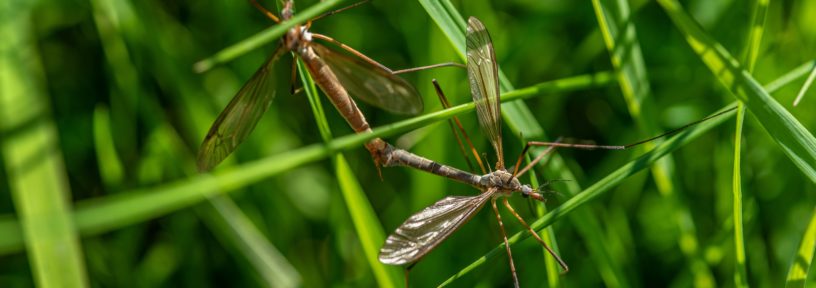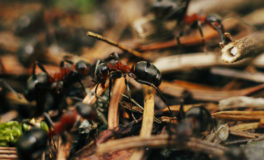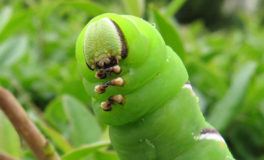When lawns are stressed or are recovering from a period of drought, they are more susceptible to diseases. In this blog we look at two common summer diseases, Redthread and Rust and we share our tips on how to protect your lawn against them.
Redthread Disease
Redthread is characterised by irregularly shaped pinkish-brown patches on the lawn. When you look closely at them, you’ll see little strands of pinkish-red mycelium. They look a bit like very fine sewing cotton. Although they’re very beautiful, they’re not very good for the health of your lawn.
This disease is caused by a fungus called Laetisaria fuciformis. The fungal spores are present in the soil all year round. Most of the time they are entirely harmless. They live in the thatch layer and do no harm whatsoever to the lawn. However, if the balance of microbes in the soil changes and there is a population explosion, the tiny fungi will start to feed on the living parts of the grass and then you have a problem.
What will upset the balance? Usually it’s weather related. The other thing that will make an infections seem much worse is weakened grass plants. If the plants are well fed and well watered they can normally resist any attack. Certainly they’ll recover from it much quicker. When the plants are recovering from drought, or they are hungry, they are more likely to succumb to disease.
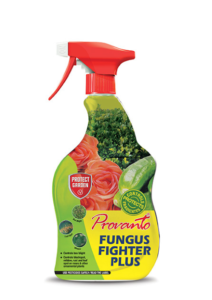 |
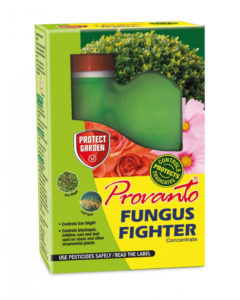 |
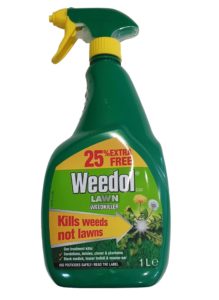 |
 |
   |
  |
Rust disease in lawns
Rust is also caused by a fungus. This time though it’s airborne and it looks very different to Redthread.
You’ll not be surprised to hear that rust disease looks just as though the grass leaves are turning rusty. Orange coloured pustules (they look like spots) on the leaves contain the fungal spores which are released when you walk across the lawn. So if you find your shoes covered in orange dust after a gardening session, it’s very likely that your lawn is suffering from rust.
Rust rarely kills lawn grass but it does make it look ugly. It can turn a whole lawn from lush and green to a sickly yellow colour. The more worrying thing about it though is that it weakens the grass and makes it more susceptible to other diseases such as Redthread or Fusarium Patch.
If you have a light Rust infection, an application of a good quality fertiliser containing phosphorus and potassium, to help boost the natural disease resistance of the grass will help tremendously.
How to avoid lawn diseases
Just like people and pets, if grass is well nourished and healthy it is less likely to be badly affected by diseases. Fungal diseases in lawns are a fact of nature and like human colds or flu, it’s almost impossible to avoid them completely. However, a healthy plant can shrug off their effects in no time at all.
Keeping your lawn well fed is vital in the fight against disease. Even more so when the plants have been stressed by heat and drought.
Following a drought, it’s a good idea to apply a good quality lawn feed. Make sure that the feed is appropriate to the time of year. (Too much nitrogen in autumn or winter can encourage fusarium patch disease.) Granular lawn feed must always be watered in, so either apply it immediately before a rain shower or use the hosepipe to wash the granules into the soil.
